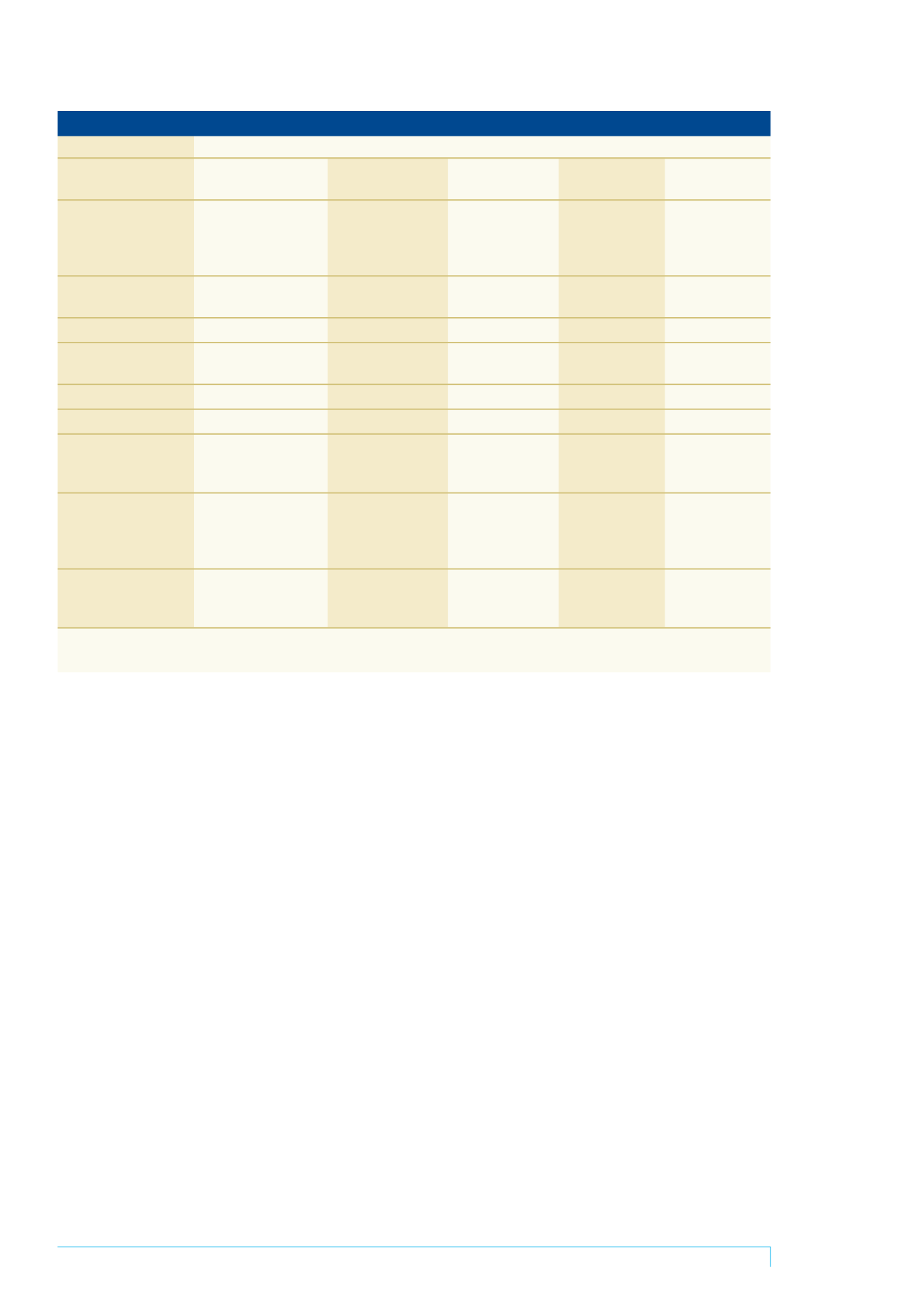
 www.speechpathologyaustralia.org.au
www.speechpathologyaustralia.org.au
ACQ
Volume 13, Number 1 2011
5
areas can inform clinical practice so that SPs can provide
evidence-based group therapy for their clients with aphasia.
References
American Speech-Language-Hearing Association (2001).
Scope of practice in speech-language pathology
. Rockville,
MD: Author.
Aten, J., Caligiuri, M., & Holland, A. (1982). The efficacy of
functional communication therapy for chronic aphasic patients.
Journal of Speech and Hearing Disorders
, 47, 93–96.
Avent, J. (1997). Group treatment in aphasia using
cooperative learning methods.
Journal of Medical Speech-
Language Pathology
,
5
, 9–26.
Blackstone, S., & Hunt-Berg, M. (2003).
Social networks:
A communication inventory for individuals with complex
communication needs and their communication partners
.
Monterey, CA: Augmentative Communication.
Bollinger, R., Musson, N., & Holland, A. (1993). A study of
group communication intervention with chronically aphasic
persons.
Aphasiology
,
7
, 301–313.
Borenstein, P., Linell, S., & Wahrborg, P. (1987). An
innovative therapeutic program for aphasia patients and their
relatives.
Scandinavian Journal of Rehabilitation Medicine
,
19
, 51–56.
Borkowski, J., Benton, A., & Spreen, O. (1967). Word
fluency and brain damage.
Neuropsychologia
,
5
, 135–140.
Brumfitt, S., & Sheeran, P. (1997). An evaluation of short-
term group therapy for people with aphasia.
Disability and
Rehabilitation
,
19
, 221–230.
Cambridge University Press. (2010).
Cambridge advanced
learner’s dictionary online
. Retrieved from http://dictionary.
cambridge.orgConclusion
The review has provided evidence that the benefits of
aphasia group treatments are varied, spreading across all
four components of the
ICF
, in addition to QOL (see Table 1).
Most of the benefits were demonstrated in relation to
Activities and Participation, with seven of the nine studies
identifying benefits in this area. Clinicians can use these
findings to develop evidence-based aphasia group therapy
that targets specific types of benefits. The paper has also
highlighted that there is not always a congruence between
the reported goals of the treatment groups and the outcome
measures used to determine the effectiveness of the groups.
One factor that may contribute to this problem is the lack of
appropriate measures for assessing the wide-ranging goals
of aphasia treatment groups (Kearns & Elman, 2008). Garrett
and Pimentel (2007) have identified a number of instruments
such as the Communication Interaction Rating Scale for
Aphasia Group that clinicians may use to overcome this
difficulty. This review has also found that groups can provide
indirect benefits such as support from other people in the
group that might not be explicitly identified within the goals
of the treatment. SPs need to be aware of these potential
indirect benefits of groups in order to provide better
assessment of and treatment in their aphasia groups.
Further research regarding the benefits of groups for people
with aphasia is needed. Investigations into the efficacy of
group therapy, the types of participants who benefit from
different types of groups, and the optimum frequency and
intensity of groups is required. One key area that has not
been explored is the perceptions of people with aphasia
regarding the benefits of being involved in groups (both
aphasia treatment and other). Research in these different
Table 1. Studies demonstrating benefits of group treatment in terms of ICF components and QOL measures
Study
ICF components and QOL measures in which benefits were demonstrated
Body Functions &
Activities &
Environmental
Structures
Participation
Factors
Personal Factors Quality Of Life
Pulvermuller et al. (2005)
Aachen Aphasia Test
subtests (naming,
comprehension, &
Token Test)
Wertz et al. (1981)
PICA Word Fluency
Conversation rating
Token Test
Informants’ rating
Bollinger et al. (1993)
PICA
CADL
Elman & Bernstein-Ellis
WAB
CADL
Qualitative interviews
(1999a; 1999b)
Qualitative interviews
Qualitative interviews
Aten et al. (1982)
CADL
Ross et al. (2006)
CAPPA-B
Vickers (2010)
Survey of Communi-
Social network
cation and Social
frequency of contact
Participation
Friendship scale
Brumfitt & Sheeran (1997)
Functional Communi-
Stutterer’s Self-
cation Profile
Ratings of Reactions
to Speech Situations
Scale
Hoen et al. (1997)
5 of the Ryff’s
psychological well-
being scales
Note.
PICA = Porch Index of Communicative Ability (Porch, 1967); CADL = Communicative Abilities in Daily Living test (Holland, 1980); WAB =
Western Aphasia Battery (Kertesz, 1982); CAPPA-B = Conversational Analysis Profile for People with Aphasia Part B (Whitworth et al., 1997).
















